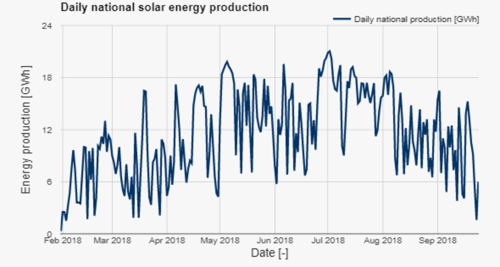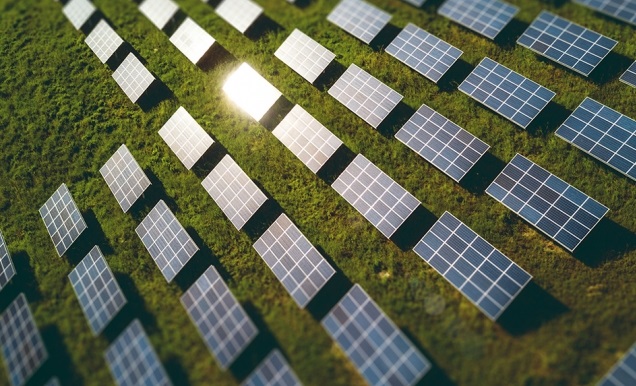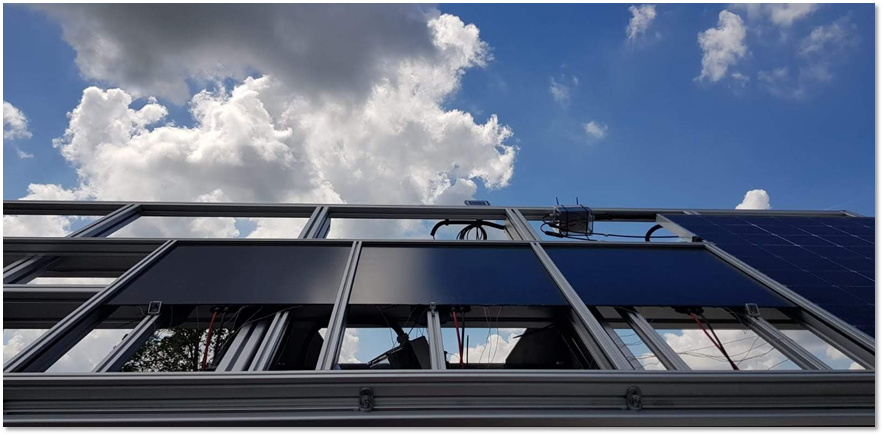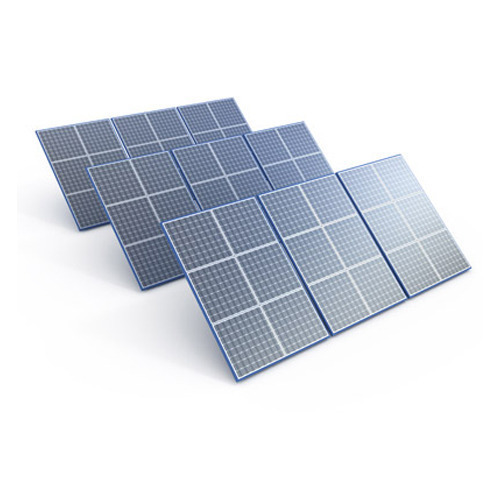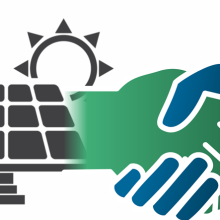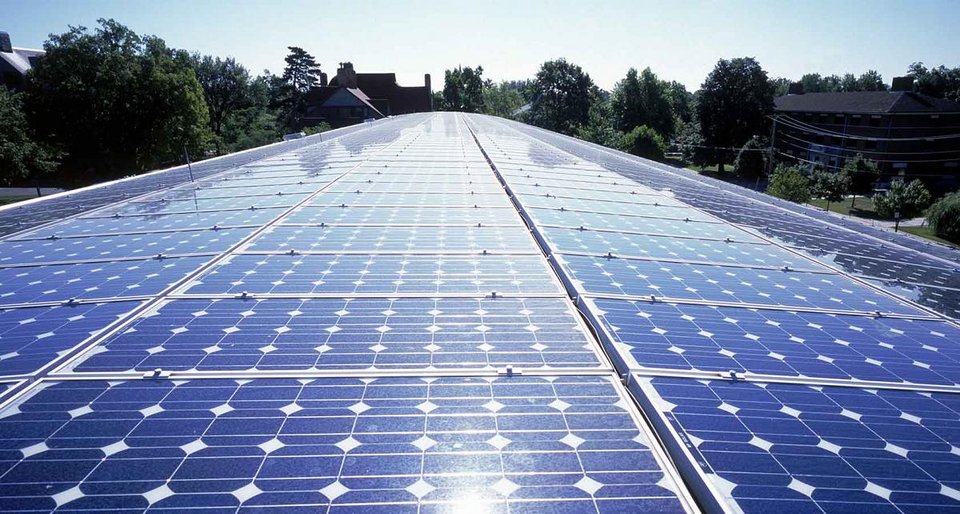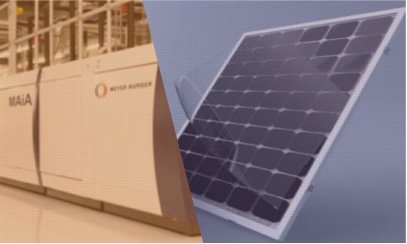Adapting Photovoltaics Technology
Digitalization and multi-functionality of photovoltaics technology
Whether on the level of the city or of a structure, far-stretching demands are placed on PV(T) technology. To meet these demands, the photovoltaic technology itself has to become intelligent and multi-functional. This requires adaptation of the design, of the cells, the modules and the electrical connections requires various innovations. Design variations may include colour, patterning of metal lines, surface modification, 3D shaping and mimicking the appearance of different materials. Within this research line, insights into technology demands and technology adaptation are focus areas.
Smart photovoltaics modules
There is an increasing need to make modules smart, in order to tackle issues like shading and security (hacking) or to include possible adaptations such as additional batteries for storage or wireless power transmission. This calls for innovations in the electronics or in the modules’ electronic design.
Advanced photovoltaics modelling
Adapting technology, integrating it in structures and ingraining in society require advanced modelling of PV(T). Within the Solar Urban consortium, modelling tools are available to model photovoltaics systems on the cell, module, system and city levels. On the cell level, ray tracing, coherent propagation, polarizations and the effects of the angle of incidence can all be modelled. Besides ‘standard’ modules, bifacial modules (from the cell level up) can be modelled as well. Finally, modelling of full systems, including 3D mounting effects, can be done.
Photovoltaics data portal to support modelling
The Dutch PV Portal 3.0 has been created to provide publicly accessible information on solar energy in the Netherlands, based on scientific research performed by the Photovoltaic Materials and Devices (PVMD) group at Delft University of Technology. The website combines the modelling expertise of the PVMD group with real-time and historical weather measurements of the Royal Netherlands Meteorological Institute (KNMI) to create a realistic assessment of the potential for solar energy generation in the Netherlands. Visit the portal at www.tudelft.nl/dutchpvportal
PV windows
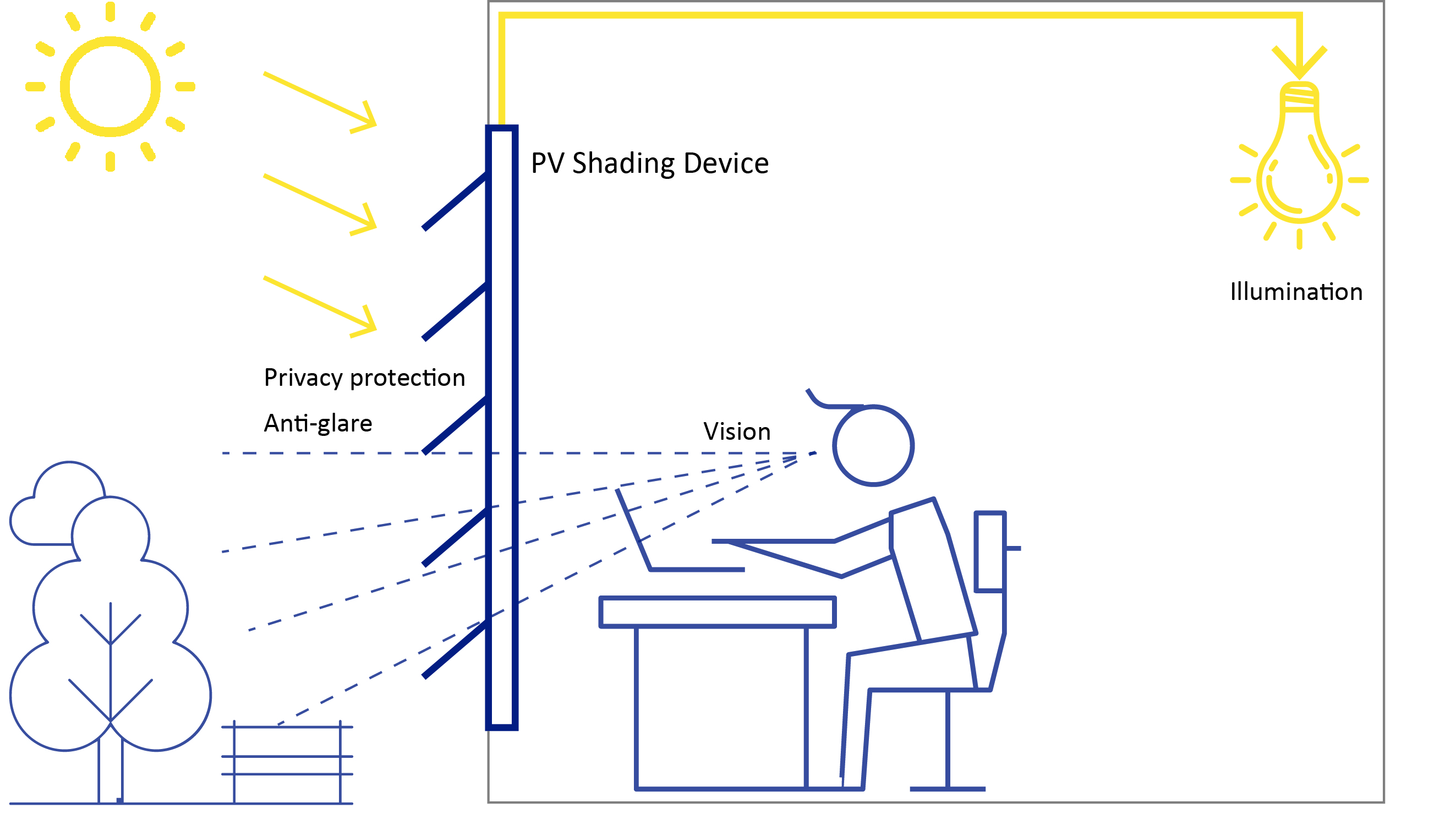
Nowadays, building-integrated photovoltaic (BIPV) is beyond just simply fixing PV panels on roofs. PV materials are more likely to be contained within the building envelope, or as a functional component of the building. Since modern buildings have more vertical areas than horizontal areas, windows become potential channels to harvest solar energy. Besides power generation, window-PVs are also involved in such building functions as daylighting control, privacy protection, open view, glare prevention, etc. TU Delft designs integrated PV materials to interact with window treatments (such as blinds, shutters and films). Optimal lighting and energy control are also studied based on such designs. The purpose of designing such PV windows is to provide occupants with a healthy and comfortable working and living environment, besides power generation for net-zero-energy buildings.
